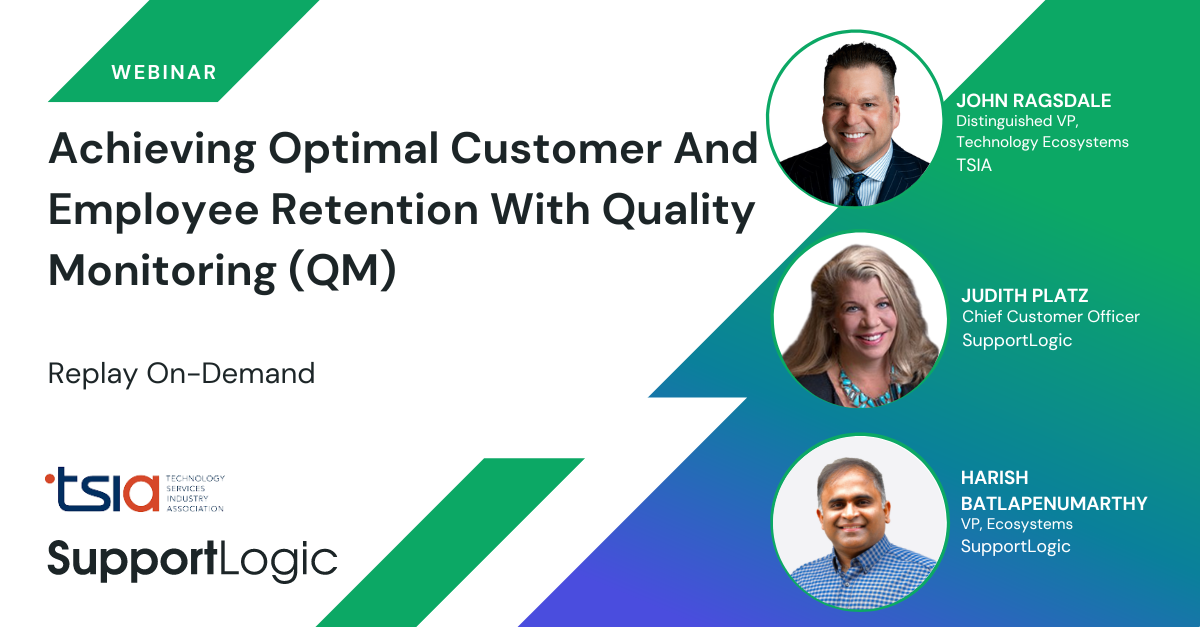
Apr 12, 2023
5 Ways To Reduce Customer Effort (From Basic to AI)
Customer Successcustomer experiencenext gen supportcustomer effort
Customers want quick, simple, and satisfying experiences when they engage in customer service interactions.
But often, these exchanges result in extended waits, being transferred from one agent to another multiple times, or having to repeat the same information over and over again. Or when it comes to chatbot services, customers don’t always receive the same assistance as they would with a live agent. Chatbots are in the business of case deflection, which puts the burden of getting an issue resolved on customers’ shoulders, not the customer service team.
In other words, you could be demanding too much effort from customers—and they might look to a competitor that requires less work on their part.
If you want to know how hard you’re making your customers work, calculate your Customer Effort Score (CES). CES tells you how much effort customers expel at various touch points, including interacting with a support agent or using a new product feature.
You measure customer effort by sending customers a survey following a support interaction. Offer customers questions that require simple answers, like, “On a scale of 1 to 10, how difficult was it for you to find a solution today?”
Take the sum of the ratings, divide it by the number of responses to the survey, and you’ve got your CES.
If you find that your CES is too high, you need to employ strategies to decrease it. By reducing customer effort, you provide seamless, successful interactions that promote customer satisfaction and ultimately improve retention.
Analyze your customer experience
Put yourself in the shoes of your customers and follow their journey with your customer support department. That way, you can identify where customers have to exert a little too much effort and take appropriate actions to mitigate it.
Find potential points of attrition by looking at metrics that indicate how seamless (or bumpy) the current customer experience with your support team is. A good place to start is your Net Promoter Score (NPS), which measures customer loyalty and can be used to assess the customer experience. If your NPS is low, it can indicate problems at the support level that result in customers being less likely to recommend your product to a friend, family member, or colleague.
Other metrics to analyze include customer satisfaction score (CSAT), first contact resolution (FCR), customer churn, average response time, and average resolution time, among others. If these metrics have been deteriorating over time, that’s an indication that your support team is struggling or failing to deliver an effortless experience. For example, a low FCR rate could be a sign that customer tickets are being routed to the wrong agents, making the customer have to work harder to find a solution by repeatedly reaching out to your agents.
Take an omnichannel approach
Companies that offer an omnichannel experience perform better and have stronger customer satisfaction scores. Show your customers how much you value their time and preferences by using data to understand how each customer has historically interacted with your brand and deliver an effortless experience across channels.
Say a customer begins a support conversation on one of your social media channels. If you provide the ability for them to continue that conversation via email without having to repeat all the same information, you reduce customer effort.
Create a single source of truth where the marketing, sales, and support departments can log, track, and consult each customer’s history with your brand, including previous support interactions. A centralized platform where the data is stored and easily accessible to the support team ensures agents can quickly solve issues and personalize interactions across channels without extra work from the customer.
Continually gather customer feedback
Customer feedback is the most direct and accurate source of insight into what your customer support team is doing right—and wrong. If you want to know how much effort you require of your customers or how you can improve the support experience, just ask them.
Online ratings and reviews, social media mentions, and CES and CSAT surveys are the most common ways to gather customer feedback. You can also offer exit surveys to learn from past customers whether customer support played a part in their decision to stop doing business with your brand.
Don’t forget to talk to the people with firsthand knowledge about what your customers are saying—support agents. Because they’re the ones who interact with customers daily, they have the opportunity to ask customers directly how they’re feeling about the support experience and areas that can be enhanced.
Offer efficient self-service options
A Gartner study found that 70% of customers use self-service tools when looking to solve a problem. These are a great addition to your support toolkit since they empower customers to find answers to simple questions by themselves—freeing up agents’ time to focus on queries that demand more expertise and avoiding customers being put on hold or transferred over basic issues.
The same Gartner study revealed that even though a large portion of customers use self-service channels, only 9% manage to solve their issues. To help customers help themselves, make sure self-service options are simple to find and filled with relevant, easy-to-understand content.
A solid knowledge base featuring FAQs, user guides, and other helpful articles is a good way to let customers remedy their problems independently and without taking unnecessary extra steps.
Use AI to support your process
A massive chunk of consumers—73%—expect AI interactions in their daily life and believe AI will continue to improve the quality of customer service. Integrating AI into your customer support process is another step toward reducing customer effort.
AI tools like chatbots offer quick resolutions to customers no matter what time of day they’re looking for assistance. As AI—and consequently, chatbots—evolves, customers will be able to ask more complex questions and be answered with accurate, real-time conversational responses—mitigating the need to partake in drawn-out agent interactions.
But artificial intelligence goes well beyond chatbots. SupportLogic’s AI-driven solution, for instance, measures customer sentiment in real time, allowing support agents to predict potential issues and quickly solve them without any effort on the customer’s part. Our platform extracts signals from every interaction, ensuring your support team is on top of each customer’s needs and able to take the right course of action.
Reduce customer effort with a proactive approach
Instead of waiting for customer issues to result in a concerning CES, take steps now to reduce customer effort. Use AI to gather and analyze data from each and every interaction to deliver a low-effort experience to your customers—and build strong, profitable relationships. SupportLogic can help this transformation in a few ways:
- Auto QA can generate predictive CES scores for 100% of your cases. Harish Batlapenumarthy, VP of Ecosystems, recently described how this work in the Achieving Optimal Customer and Employee Retention with Quality Monitoring (QM) webinar.
- SupportLogic acts as an early warning system, helping proactively address potential escalations and quickly resolve issues. 8×8, a leading integrated cloud communications platform provider, handles over 20,000 support cases monthly. To reduce the escalations stemming from the thousands of cases, the company partnered with SupportLogic.
- SupportLogic uses AI and Natural Language Processing (NLP) to continually extract customer data during interactions, allowing you to gauge customer sentiment in real time and find swift ways to reduce customer effort.
To learn more about these capabilities and how they help reduce CES, try a product tour today.
Don’t miss out
Want the latest B2B Support, AI and ML blogs delivered straight to your inbox?



